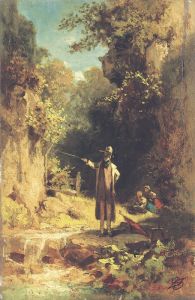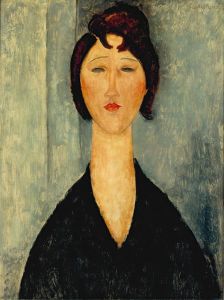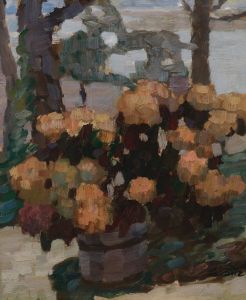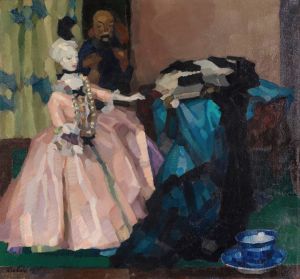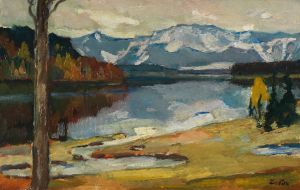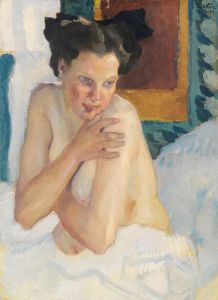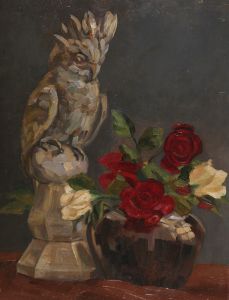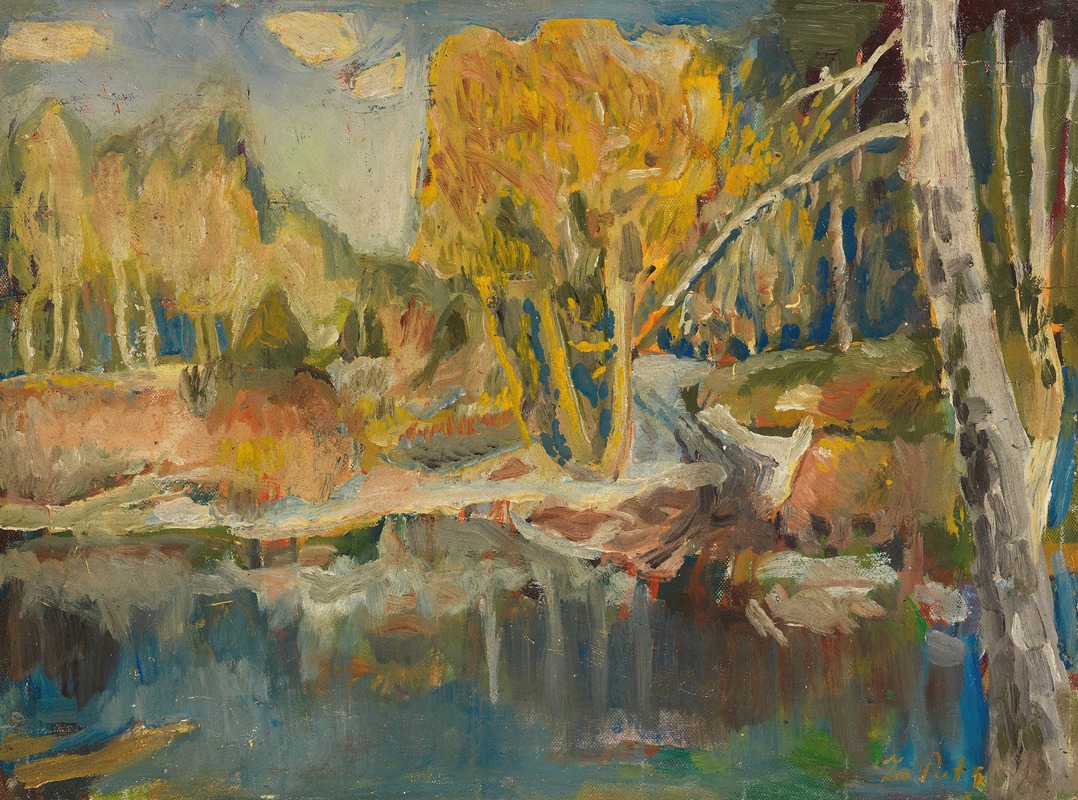
Landschaft
A hand-painted replica of Leo Putz’s masterpiece Landschaft, meticulously crafted by professional artists to capture the true essence of the original. Each piece is created with museum-quality canvas and rare mineral pigments, carefully painted by experienced artists with delicate brushstrokes and rich, layered colors to perfectly recreate the texture of the original artwork. Unlike machine-printed reproductions, this hand-painted version brings the painting to life, infused with the artist’s emotions and skill in every stroke. Whether for personal collection or home decoration, it instantly elevates the artistic atmosphere of any space.
Leo Putz was a prominent German painter, known for his contributions to the art movements of Impressionism and Jugendstil, the German counterpart of Art Nouveau. Born on June 18, 1869, in Merano, which was part of the Austro-Hungarian Empire at the time, Putz developed a distinctive style that combined elements of realism and modernism. He studied at the Academy of Fine Arts in Munich and later became a member of the Munich Secession, a group of artists who sought to break away from the traditional academic art of the time.
One of Putz's notable works is "Landschaft," which translates to "Landscape" in English. This painting exemplifies Putz's skill in capturing the natural beauty and tranquility of the environment. While specific details about the creation date and the exact location depicted in "Landschaft" are not widely documented, the painting is recognized for its vibrant use of color and light, characteristic of Putz's style.
Putz's landscapes often reflect his keen observation of nature and his ability to convey the atmosphere and mood of a scene. In "Landschaft," Putz employs a palette that brings out the lushness of the natural setting, using brushstrokes that suggest movement and life within the landscape. His technique often involved layering colors to achieve a depth and richness that draws the viewer into the scene.
Throughout his career, Leo Putz was influenced by various art movements and styles. His early works show the impact of Impressionism, with its focus on light and color, while his later works incorporate elements of Jugendstil, characterized by decorative lines and organic forms. Putz's ability to blend these styles is evident in "Landschaft," where the composition is both harmonious and dynamic.
Putz's contribution to art extends beyond his paintings. He was also an influential teacher and mentor to younger artists. His involvement with the Munich Secession and his role as a professor at the Weimar Academy of Fine Art helped shape the direction of modern art in Germany during the early 20th century.
Despite the challenges of his time, including the disruptions caused by World War I and the political changes in Germany, Putz continued to produce art that resonated with audiences. His works are celebrated for their beauty and technical mastery, and "Landschaft" is a testament to his enduring legacy as an artist who captured the essence of the natural world.
Today, Leo Putz's paintings, including "Landschaft," are held in various collections and museums, appreciated for their contribution to the development of modern art. His ability to convey the subtleties of light and color, along with his dedication to his craft, ensures that his work remains influential and admired by art enthusiasts and scholars alike.








